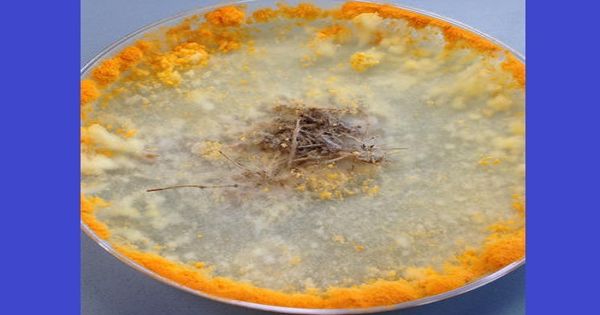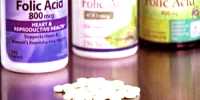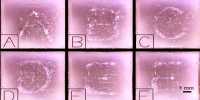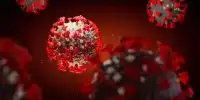Root Bacteria could prevent Fatal Citrus Greening
Cultivable diversity of citrus-associated bacteria was examined as part of a broader analysis to clarify the functions of beneficial bacteria and to use them to improve the productive potential and biodiversity of agro-ecosystems. A UC Riverside team is looking at tiny underwater microorganisms to avoid a big problem—Huanglongbing, a fungus for which there is no treatment that has decimated citrus orchards worldwide.
The National Institute of Food and Agriculture has awarded the UCR-led team $10 million over the next five years to investigate the role of soil and root microbes in the disease.
The illness, also known as HLB or citrus greening, has many names but the same final outcome: sour and useless citrus fruits. Some figures say that the end of citrus orchards in California and Florida could lead to $14 billion in missed commercial sales. Citrus roots from Huanglongbing (HLB) diseased symptomatic and asymptomatic citrus have been included in this research.
“It is often thought of as an over-the-ground disease of fruits, leaves, and stems,” said Caroline Roper, professor of plant pathology and head of the latest research project. “However, we’ve seen the roots of the trees go down with an infection, and we want to understand why.”
Over the next five years, the National Institute of Food and Agriculture has awarded the UCR-led team $10 million to study the role of soil and root microbes in the disease. Roper said evidence from previous research found that the microbiota of the contaminated tree—which includes bacteria and fungi, as well as protozoa and viruses—plays a role throughout the disease.
“We’ve seen a shift in the root microbiome as trees get sicker,” she said.
Microbiomes move to include more potentially parasitic species that can serve as secondary invaders to a tree suffering from HLB, according to Roper. The invasion of these root pathogens can cause trees to die faster when they have HLB. Part of this current research initiative would assess whether soil modifications such as manure and compost may suppress both root and soil parasitic microorganisms and improve tree strength in the battle against diseases, including HLB.
In addition, the research team will try to ascertain the molecular basis for HLB resistance demonstrated by citrus rootstocks established in Florida. They’ll see how these rootstocks operate in California, which has varying soil and climatic conditions.
The research team would look at both younger trees since many citrus farmers have had to replant their orchards after infection, as well as older trees to see whether mature trees will recover. It would also be necessary to remember how well rootstocks from Florida, where there has been a serious HLB infestation, do in California, where much less disease has been detected.
“One of the great things about this grant is that we can leverage existing field trials being conducted by our Florida collaborators and the Lindcove Research and Extension Center in Central California,” Roper said. “This could lead to faster results than we would otherwise have had.”














